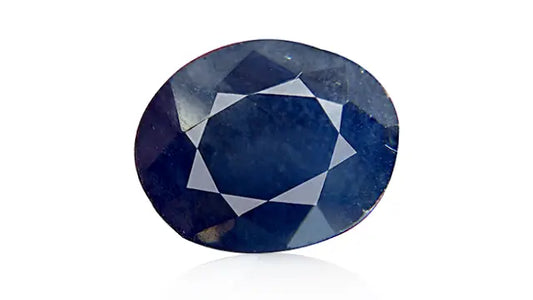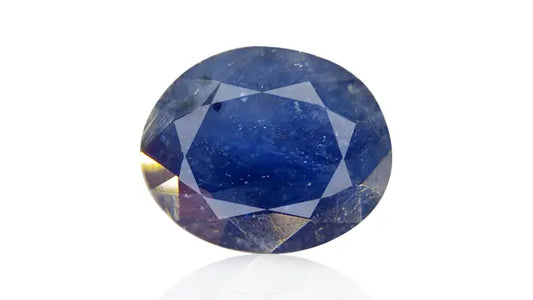Frequently Asked Questions
To verify the authenticity of Blue Sapphire, you can have it tested and certified by a reputable gemological laboratory. The certification will provide information about the stone's quality, including its color, clarity, carat weight, and origin.
The cost of Blue Sapphire varies depending on several factors, including quality, color, clarity, size, cut, and origin.
Blue Sapphire should be cleaned regularly using a mild soap and warm water. It should be stored separately from other jewelry to avoid scratching or damage. Professional cleaning and inspection once a year is also recommended.
Blue Sapphire is often compared to other blue gemstones such as Aquamarine, Blue Topaz, and Tanzanite. However, Blue Sapphire is harder and more durable than these other gemstones, making it a better choice for everyday wear.
Yes, Blue Sapphire can be treated to enhance its color and clarity. Heat treatment is the most common method used to improve the color and remove inclusions in Blue Sapphire.
In astrology, Blue Sapphire is associated with the planet Saturn and is believed to bring peace, prosperity, and wisdom to the wearer. It is also believed to provide protection from evil spirits and negative energy.
Blue Sapphire has a hardness of 9 on the Mohs scale, making it one of the hardest gemstones and suitable for everyday wear.
Blue Sapphire is found in many countries worldwide, including Sri Lanka, Myanmar, Thailand, Cambodia, Australia, and the United States. The most sought-after Blue Sapphires are from Kashmir, Burma, and Sri Lanka.
The color of Blue Sapphire ranges from light to dark blue, with shades ranging from pale blue to deep blue. The most valuable Blue Sapphires have a vivid and intense blue color.
Blue Sapphire is a precious gemstone that belongs to the corundum mineral family. It is a variety of the mineral corundum that is colored blue due to the presence of trace elements, mainly iron and titanium.















